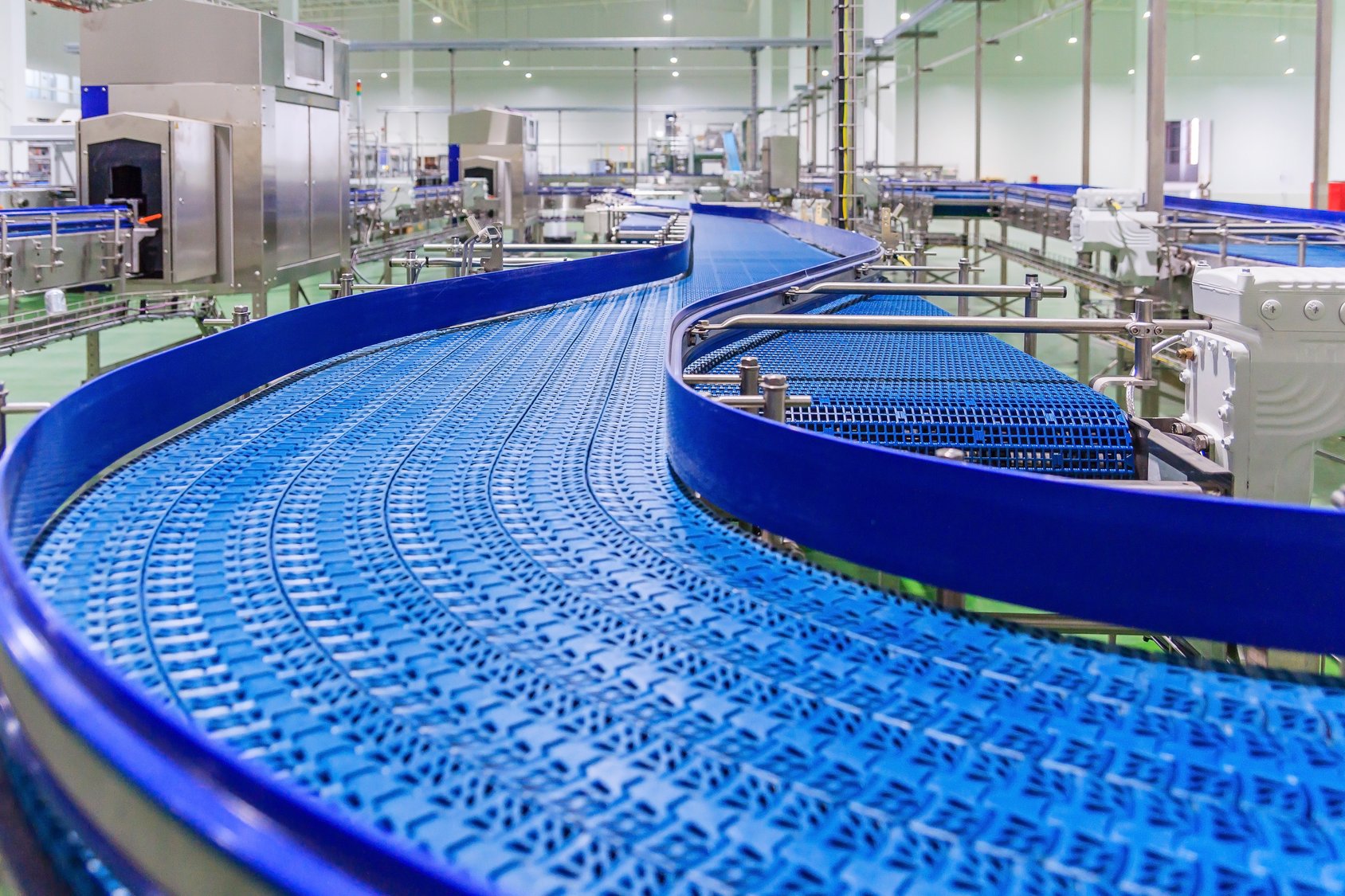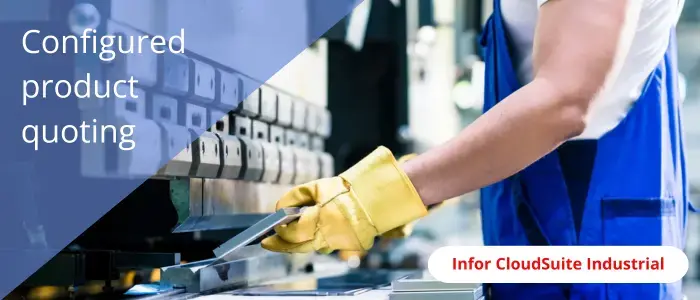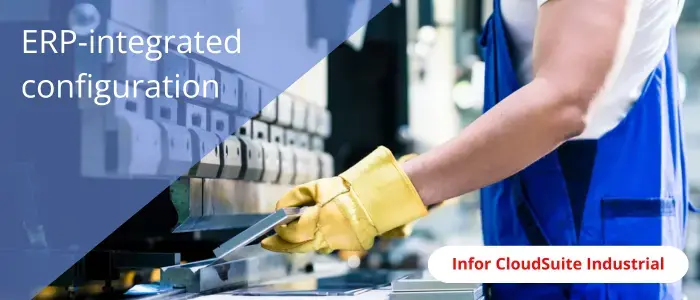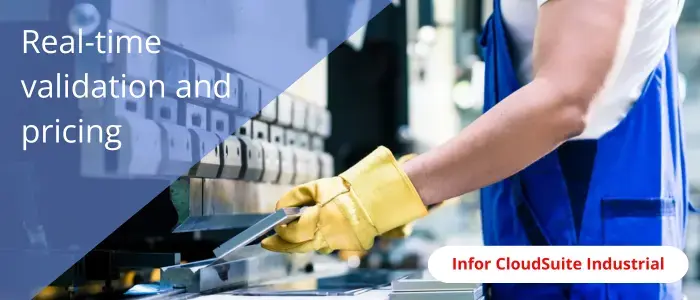This article is part of our CloudSuite Industrial Feature Focus series.
Nick Mendolia
Recent Posts
Configured Ordering Via Portal In Infor CloudSuite Industrial
By Nick Mendolia on 10/28/25 7:07 PM
Vendor Portal In Infor CloudSuite Industrial
By Nick Mendolia on 10/28/25 7:04 PM
This article is part of our CloudSuite Industrial Feature Focus series.
Reseller Portal In Infor CloudSuite Industrial
By Nick Mendolia on 10/28/25 6:52 PM
This article is part of our CloudSuite Industrial Feature Focus series.
Customer Portal In Infor CloudSuite Industrial
By Nick Mendolia on 10/28/25 6:49 PM
This article is part of our CloudSuite Industrial Feature Focus series.
Dealer Quoting Integration In Infor CloudSuite Industrial
By Nick Mendolia on 10/28/25 6:45 PM
This article is part of our CloudSuite Industrial Feature Focus series.
Dynamic Pricing In Quotes In Infor CloudSuite Industrial
By Nick Mendolia on 10/28/25 6:42 PM
This article is part of our CloudSuite Industrial Feature Focus series.
Configured Product Quoting In Infor CloudSuite Industrial
By Nick Mendolia on 10/28/25 6:38 PM
This article is part of our CloudSuite Industrial Feature Focus series.
Quote-To-Order Conversion In Infor CloudSuite Industrial
By Nick Mendolia on 10/28/25 6:33 PM
This article is part of our CloudSuite Industrial Feature Focus series.
ERP-Integrated Configuration In Infor CloudSuite Industrial
By Nick Mendolia on 10/28/25 6:29 PM
This article is part of our CloudSuite Industrial Feature Focus series.
Real-Time Validation And Pricing In Infor CloudSuite Industrial
By Nick Mendolia on 10/28/25 6:23 PM
This article is part of our CloudSuite Industrial Feature Focus series.














